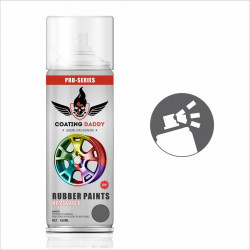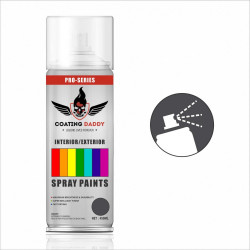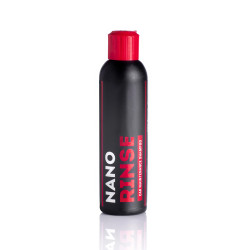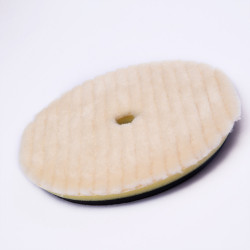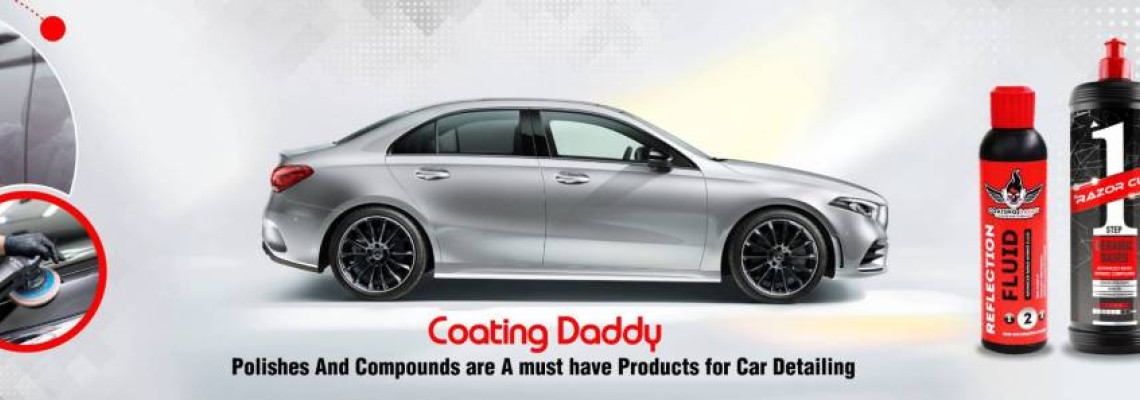
Have
you ever been driving along and heard a loud clunking sound coming from
underneath your vehicle? It’s likely that the road debris and salt have caused
rust to form, exposing metal parts to further damage. If this is something you’re
dealing with now, then it’s time to get an underbody coating. Underbody coating
helps protect your car from corrosion and rust. It also makes it easier to
clean the exterior of your car because it prevents dirt, dust and even tar from
sticking to the outer surface. In this blog post we will explain what underbody
coating is, how it works, and why it is important for protecting your car. Read
on to learn more about how an underbody coating can keep your vehicle looking
its best!
What is Underbody Coating?
Underbody coating
is a protective layer that is applied to the underside of a vehicle. It is
designed to protect the car's undercarriage from corrosion, rust, and damage
caused by road debris and harsh weather conditions. Underbody coating can be
applied to both new and used vehicles and is a popular option for those looking
to preserve the value and longevity of their car.
How Does It Protect Your Car?
Underbody coating acts as a barrier between the road and the
car's undercarriage. It helps to prevent rust and corrosion by sealing the
metal surface and protecting it from the elements. Underbody coating can also
provide some impact protection by cushioning the car from small road debris,
such as rocks and pebbles.
Benefits of Underbody Coating
Underbody coating is a polymer based protective material that is sprayed or brushed onto the underside of a vehicle. The main benefits of underbody coating are:
·
Protection from Rust and Corrosion: The
underbody of a vehicle is constantly exposed to moisture, salt, road debris,
and other elements that can cause rust and corrosion. Underbody coating
provides a barrier between these elements and the metal surfaces of the
vehicle, preventing Rust and corrosion are two of the biggest enemies of any
vehicle, but they are especially damaging to the underbody. By protecting the
underbody with an undercoating, you can extend the life of your vehicle by
years.
·
Improved Sound Insulation: Another
benefit of underbody coating is improved sound insulation. This is because the
coating acts as a barrier to noise, preventing it from entering the cabin of
the vehicle. This can be particularly beneficial for those who spend a lot of
time on the road or live in areas with high levels of traffic noise.
·
Enhanced Appearance: In addition to its
protective properties, underbody coating can also enhance the appearance of
your vehicle. Many undercoating products are available in black or other dark
colors, which can give your car a sleek, finished look.
See Also:
· Coating Daddy | Best
Auto-detailing Products & Spray Paints for Car
· Buy
Coating Daddy Rubber Spray Paint | Rubber Paint for Cars
· Metallic
Pearl White Aerosol Spray Paint
· Best
Fluorescent Sprays | Neon Spray Paints
· Buy
Metallic Spray Paint | Spray Paint For Plastic
· Buy
Coating Daddy Foam Car Wash and Foam Car Shampoo Now
Types of Underbody Coatings Available
There
are different types of underbody coating available in the market. Some of them
are:
Rust proofing: This type of coating helps in preventing the formation of rust on the underside of the car. It is generally applied to the areas which are prone to rusting such as fenders, wheels, and doors.
·
Sound deadening: This type of coating helps in
reducing the noise coming from the underside of the car. It is generally
applied to areas which are prone to making noise such as exhaust system and
suspension system.
·
Thermal barrier: This type of coating helps in
protecting the car from extreme heat. It is generally applied to areas which
are prone to high temperatures such as engine bay and exhaust system.
·
Abrasion resistant: This type of coating helps
in protecting the car from scratches and abrasion. It is generally applied to
areas which are prone to scratching and abrasion such as bumpers and doors.
DIY Installation or Professional Installation
Underbody coating can be applied by professionals or by car
enthusiasts at home. Professional installation is generally recommended for a
high-quality and long-lasting finish, but DIY installation is possible with the
right tools and instructions. It's important to follow the manufacturer's
instructions and use the recommended tools and products to ensure a successful
installation.
Common Problems with Underbody Coatings
There
are a few common problems that can occur with underbody coatings. One issue is
peeling or flaking, which can occur if the coating is not applied properly or
if it is exposed to extreme heat or cold. Another issue is bubbling or
blistering, which can occur if the coating is applied too thick or if it is not
allowed to dry properly.
Maintenance Tips for Underbody Coating
To ensure the longevity and effectiveness of your underbody
coating, it's important to follow a few maintenance tips. These include:
·
Clean the undercarriage regularly to remove
dirt, grime, and road debris.
·
Inspect the underbody coating regularly for
cracks, chips, or other damage.
·
Repair any damage as soon as possible to prevent
further deterioration.
·
Avoid washing the undercarriage with
high-pressure water or steam, as this can damage the coating.
Conclusion
Underbody
coating is an essential process for any car if you want to protect your vehicle
from rust and corrosion. It provides a protective layer that helps keep the
underside of your car safe from the elements and prevents damage caused by
dirt, grime, and water. Not only does it help maintain the value of your car,
but it also has many other benefits such as reducing noise levels while
driving. We hope this article has been helpful in understanding how underbody
coating works and why you should consider getting one for your own vehicle.
 +1 63149-00171
+1 63149-00171 +91-120-4061367
+91-120-4061367








